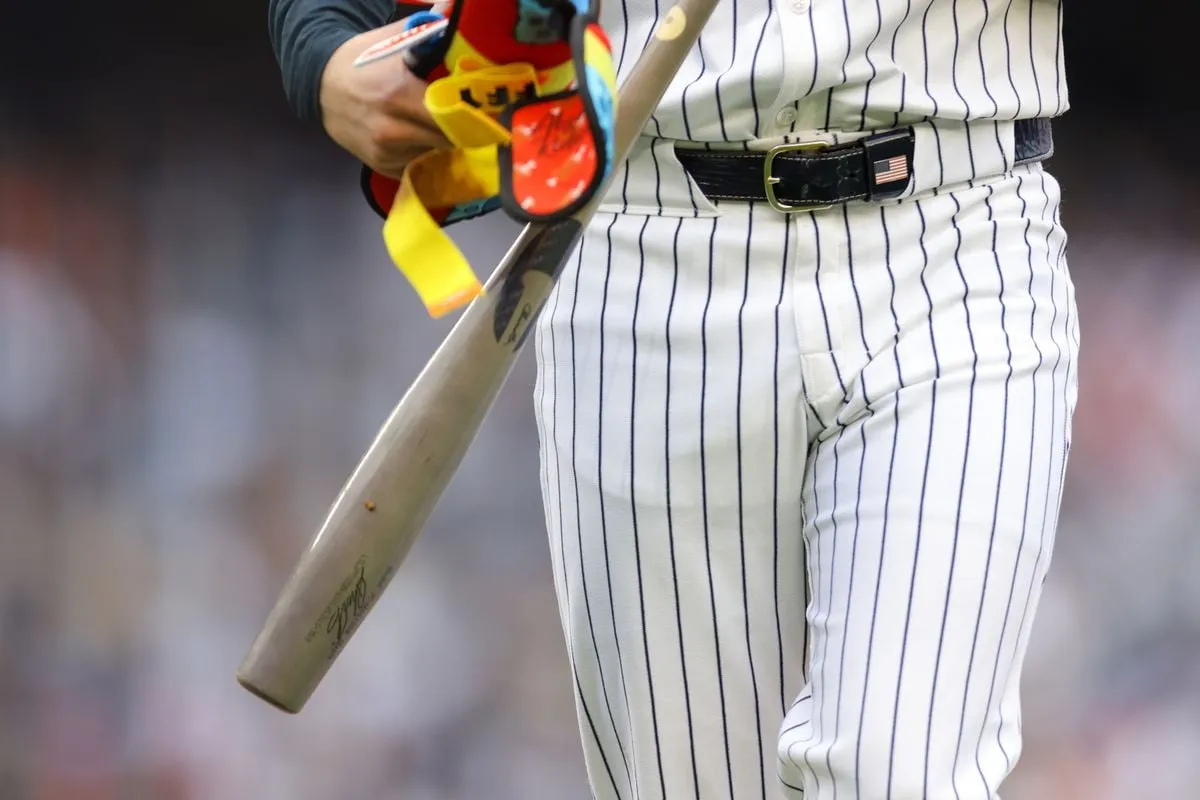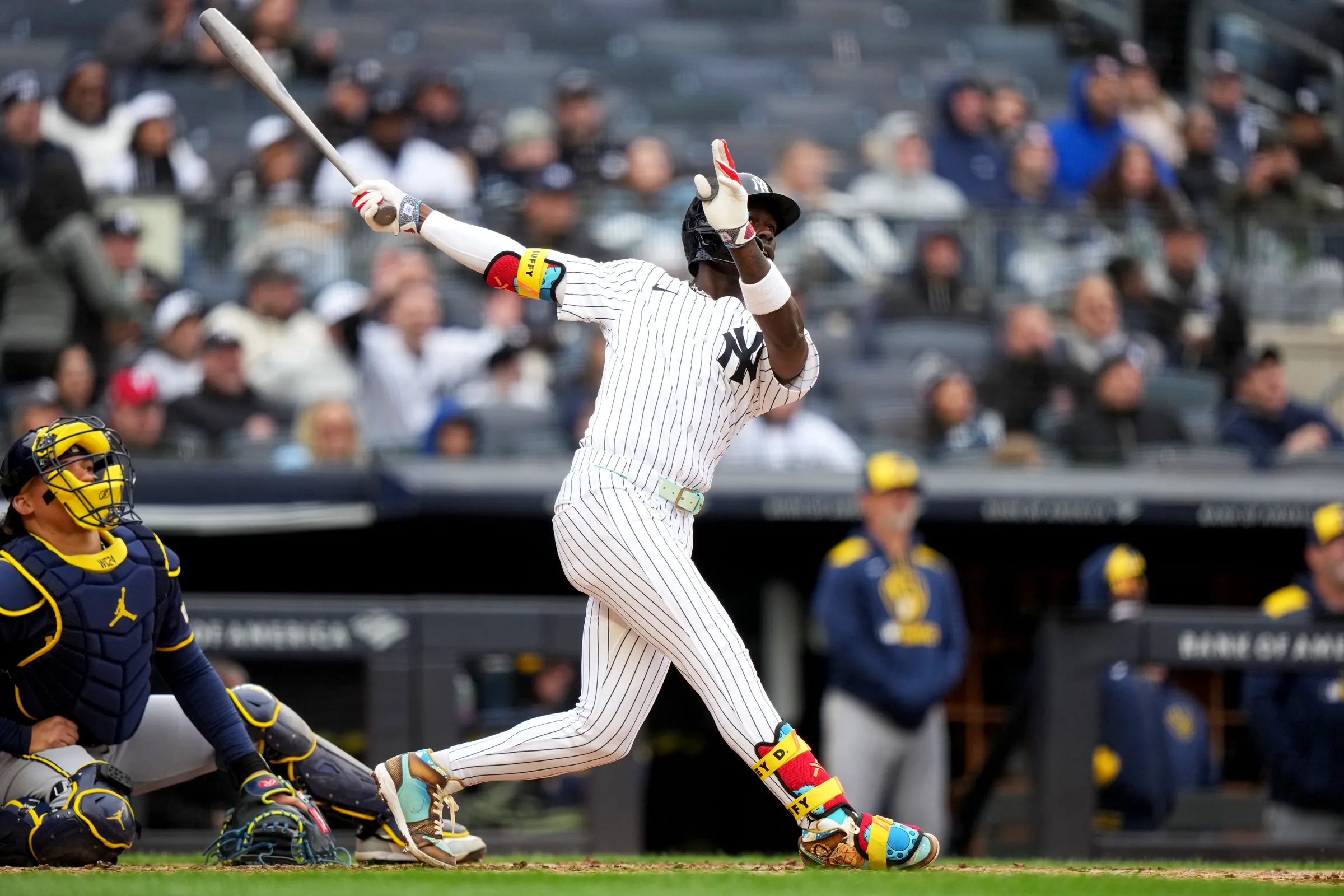As the crack of the bat resounded through Yankee Stadium this past Saturday, all eyes were on Austin Wells of the New York Yankees as he launched a home run against the Milwaukee Brewers. The star of the show, however, wasn’t just Wells or his impeccable swing, but the tool in his hands: the intriguingly shaped “torpedo bat.” This new player in the game has quickly stirred up the waters of Major League Baseball (MLB), bringing both fascination and skepticism into the mix.
The torpedo bat, resembling a cross between a baseball bat and a bowling pin, has not only caught the attention of players and fans but also of scientists dedicated to the physics of baseball. As Alan Nathan, a professor emeritus of physics at the University of Illinois at Urbana-Champaign, puts it, the emergence of such an innovation in a sport steeped in tradition is nothing short of “exciting.”

The Science Behind the Shape
The design of the torpedo bat is not just a whimsical aesthetic choice but a calculated effort to enhance player performance where it matters most. According to Dan Russell, an acoustics professor at Penn State University, this bat was crafted with a specific focus: optimizing the point of contact between the bat and the ball. This is where the bulbous shape of the torpedo bat comes into play, potentially offering players a better performance by tailoring the bat’s mass distribution to their hitting needs.
“The same bat design has been in existence for a century and a half. And to come up with something new, to me, is always very exciting,” Nathan shared, underlining the groundbreaking nature of the torpedo bat.
The legality of these bats adheres to MLB’s strict guidelines, fitting within the regulated dimensions and weight. However, their design philosophy breaks from the norm by redistributing weight in a manner that could potentially alter the dynamics of hitting significantly.

Weighing the Pros and Cons
The logic behind the torpedo bat’s design is straightforward yet profound. By modifying the bat’s diameter—widening and then narrowing it—designers have shifted the bat’s weight closer to the hands, thus reducing the swing weight. This alteration makes the bat not only easier to swing but also allows for more controlled movements, as Lloyd Smith, a professor of mechanical engineering at Washington State University, explained.
However, this design doesn’t guarantee a boost in hitting power. “If you lower the swing weight, you increase your swing speed,” Smith noted, “which is super important for batted ball speed and hitting the ball farther.” But the trade-off comes with reduced mass at the point of contact, potentially affecting the impact.
The Psychological Edge
Beyond the physical benefits, the torpedo bat might also be enhancing players’ psychological game. Baseball, a sport as superstitious as it is strategic, places a premium on confidence. Russell pointed out that if a player believes a certain tool gives them an edge, that belief alone can significantly impact their performance. This psychological boost is integral to the torpedo bat’s appeal.

What’s Next for Torpedo Bats?
With several MLB teams experimenting with these bats and bat manufacturers jumping on board to produce them, the future of the torpedo bat looks promising yet uncertain. Experts like Nathan, Smith, and Russell are keen to conduct further tests to explore how these bats affect the sweet spot and overall bat dynamics.
While traditional bats continue to perform—as evidenced by Aaron Judge’s non-torpedo bat home runs—the torpedo bat represents a potential shift in baseball equipment philosophy. Whether this shift will lead to a new standard or remain a curious experiment remains to be seen. What’s clear, however, is that the baseball world is watching closely, ready to see if these new bats will truly change the game or simply add a fascinating footnote to its rich history.

I am a writer with a passion for technology and gaming. I write about a variety of subjects, including Esports, Games, Shows, and Sports. I create engaging and informative content for Hiptoro.

